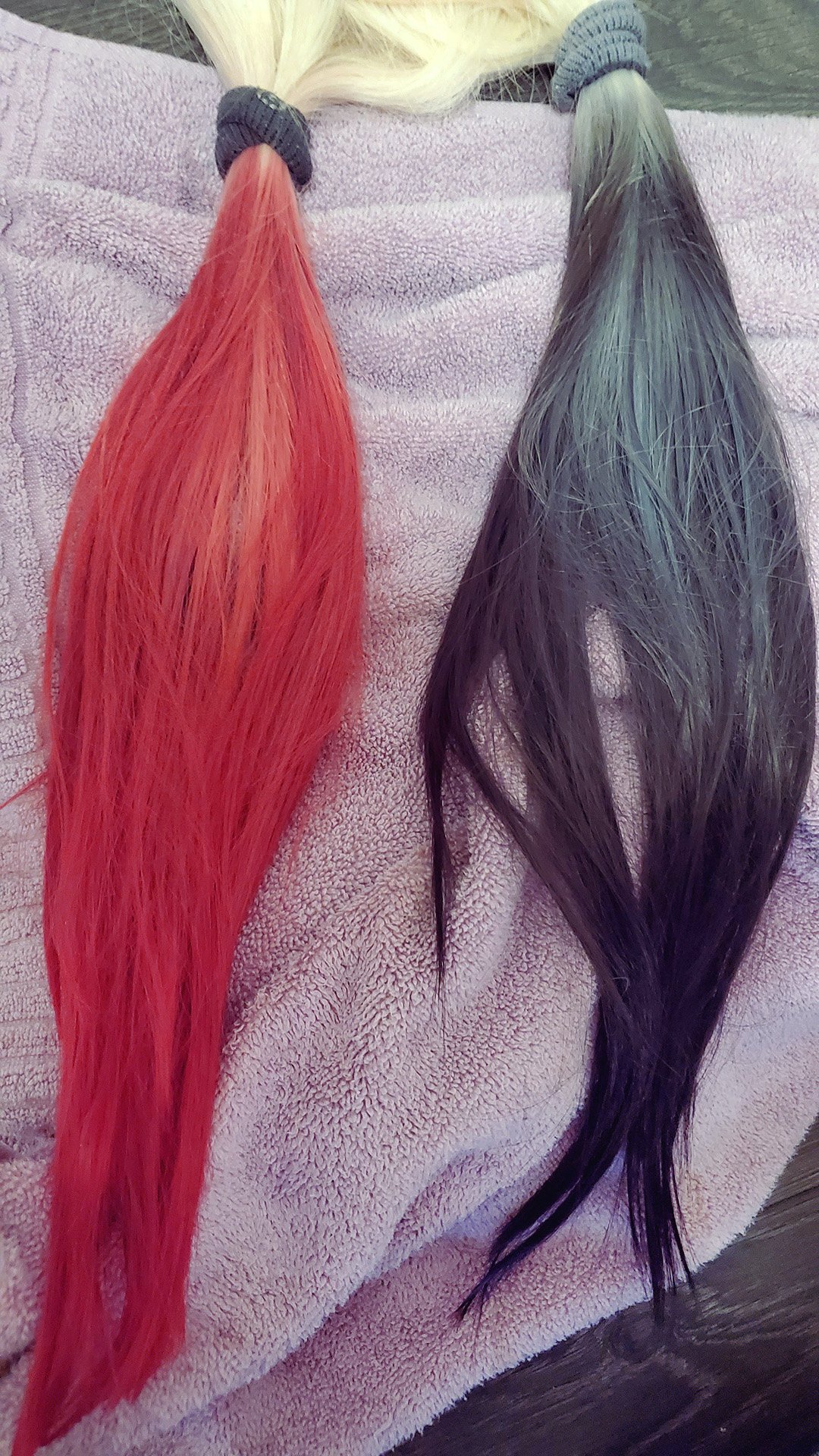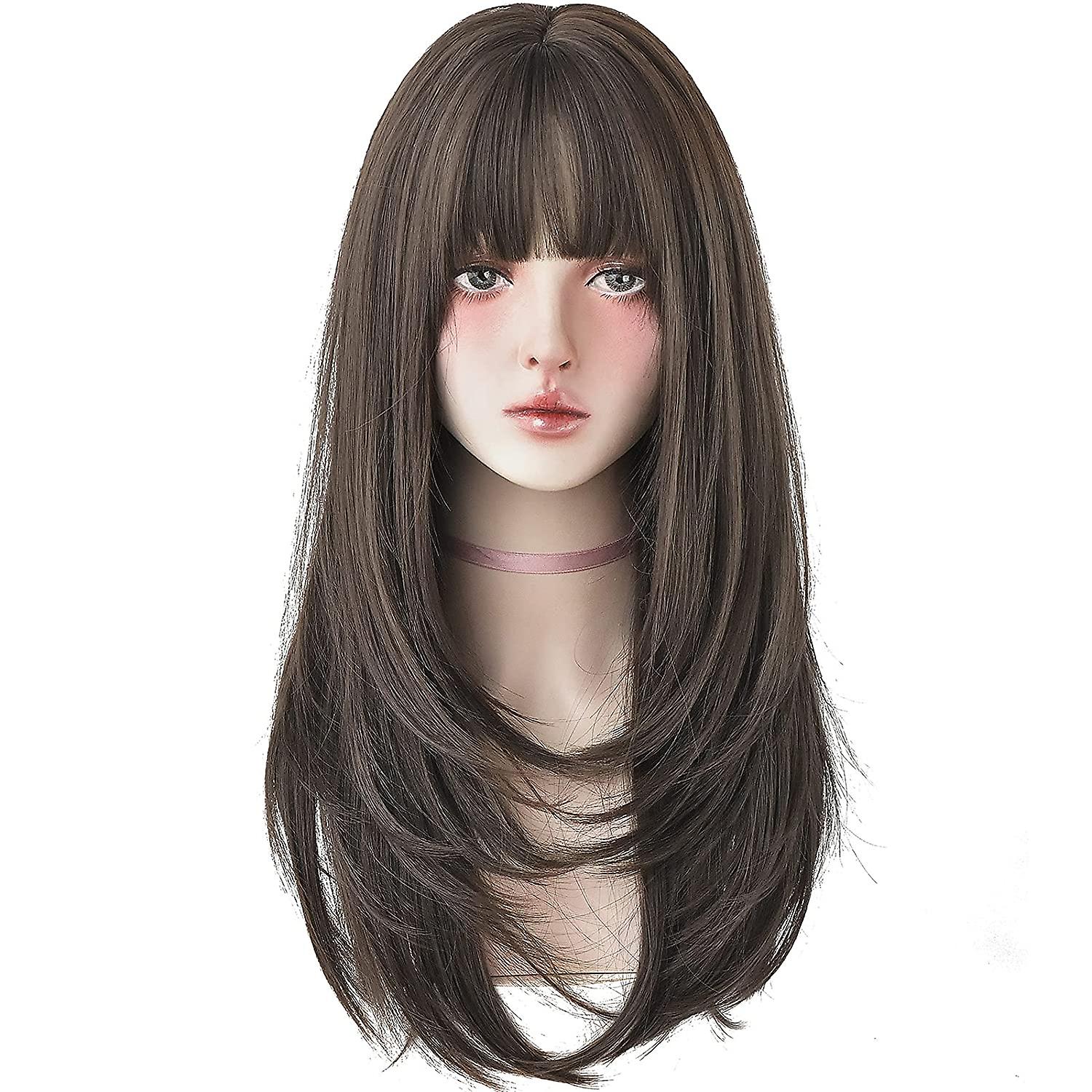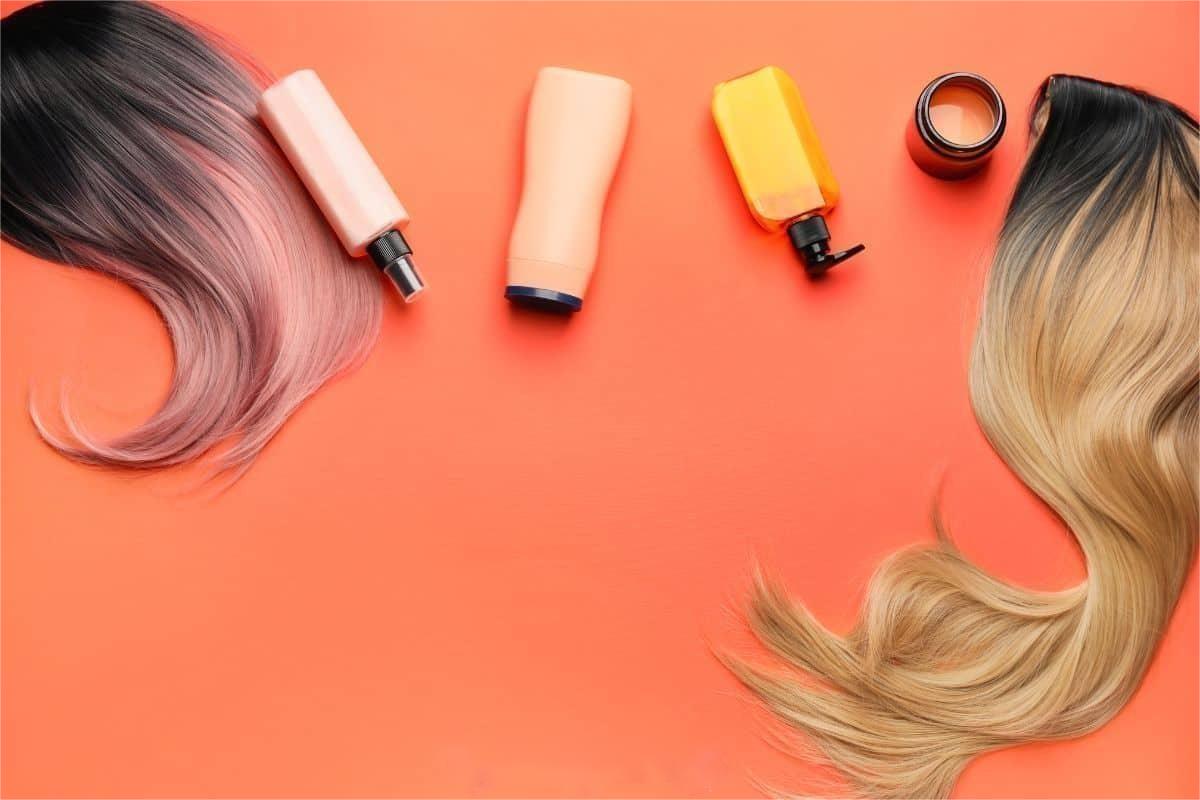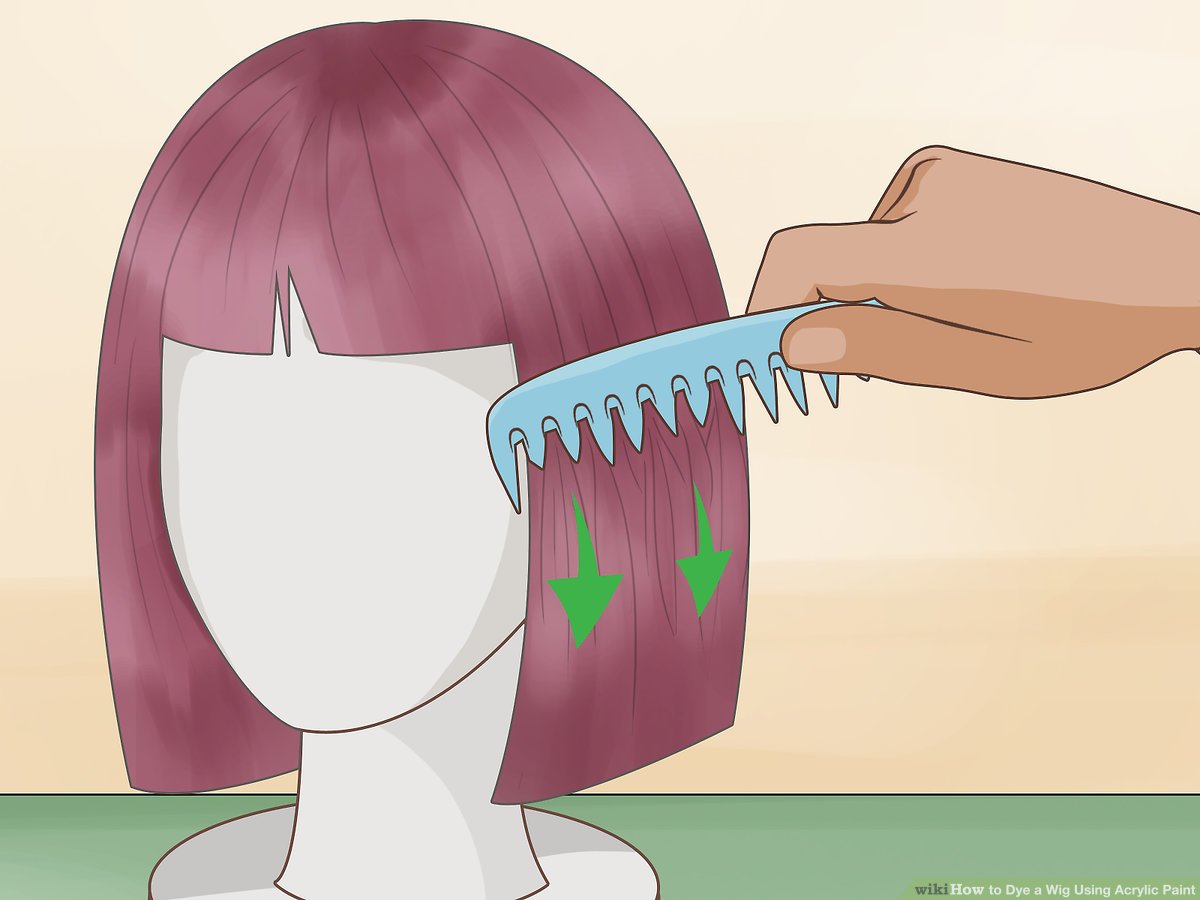
Introduction
Can synthetic hair be dyed – Synthetic hair has become increasingly popular as a convenient and affordable option for individuals looking to enhance their hairstyles with extensions or wigs.
While synthetic hair offers a wide range of pre-styled colors and textures, many people wonder if it is possible to dye synthetic hair to achieve custom shades or match their natural hair color. In this exploration, we delve into the possibilities of dyeing synthetic hair, the methods involved, and the considerations to keep in mind when attempting to alter the color of synthetic hair.
Unlike human hair, which can be dyed using traditional hair colorants, synthetic hair presents unique challenges when it comes to changing its color. The fibers used in synthetic hair are typically made of materials such as Kanekalon or Toyokalon, which are not porous like natural hair and do not absorb traditional hair dye in the same way. As a result, conventional hair coloring products designed for human hair may not work effectively on synthetic hair and could potentially damage or degrade the synthetic fibers.
However, there are specialized products available specifically formulated for dyeing synthetic hair.
These synthetic hair dyes are designed to adhere to the surface of the synthetic fibers and create a new color without compromising the integrity of the hair. Synthetic hair dyes come in a variety of shades and formulations, including spray-on colors, dip-dye kits, and permanent colorants that can be heat-set for long-lasting results. By using these dedicated products and following the instructions carefully, individuals can successfully dye their synthetic hair to achieve the desired color transformation.
One popular method of dyeing synthetic hair is using fabric dye, such as Rit DyeMore or iDye Poly, which are specifically formulated for synthetic materials.
Fabric dye can be applied to synthetic hair by immersing the hair in a dye bath or using a sponge or brush to apply the color evenly. The hair is then rinsed and washed to remove excess dye before being left to air dry or heat set according to the manufacturer’s instructions. Fabric dye offers a cost-effective and customizable option for dyeing synthetic hair, allowing individuals to experiment with different colors and effects.
Another approach to dyeing synthetic hair is using alcohol-based ink or markers, such as Copic markers or Sharpies, to color specific sections or strands of the hair. Alcohol-based markers provide vibrant and long-lasting color that can be applied directly to the synthetic hair for precise and detailed results. After applying the ink, the hair can be heat set with a flat iron or hair dryer to seal the color and prevent smudging. This method is ideal for creating intricate designs, highlights, or ombre effects on synthetic hair.

It is important to note that dyeing synthetic hair comes with certain limitations and considerations.
Since synthetic hair fibers do not react to traditional hair dye in the same way as natural hair, the color results may vary from what is expected, especially when trying to achieve lighter or pastel shades. Additionally, dyeing synthetic hair can affect the texture and shine of the hair, potentially making it appear dull or stiff compared to its original state. To minimize these effects, it is recommended to test the dye on a small section of hair first and to follow the manufacturer’s guidelines for application and processing times.
Furthermore, the longevity of the dyed color on synthetic hair may not be as durable as with human hair.
Over time and with regular washing and styling, the color of synthetic hair may fade or change, requiring touch-ups or reapplication of the dye to maintain the desired look. It is important to consider the upkeep and maintenance involved in maintaining dyed synthetic hair and to be prepared for potential color fading or alteration.

In addition to traditional dyeing methods, there are alternative techniques that can be used to color synthetic hair effectively.
One popular approach is using acrylic paint or fabric paint to add color to synthetic hair. Acrylic paint is water-based and can be diluted with water to create custom shades or mixed with other colors to achieve unique color blends. By applying acrylic paint to the synthetic hair using a brush or sponge, individuals can create artistic and vibrant color effects that are long-lasting and resistant to fading.
Another creative method for dyeing synthetic hair is using chalk pastels or eyeshadow to add temporary color accents to the hair.
Chalk pastels can be grated into a fine powder and applied to the hair using a brush or fingers to create soft, blendable color highlights or ombre effects. Similarly, eyeshadow can be rubbed onto the hair to add subtle color tinting or bold streaks without the need for permanent dye. These temporary color options allow individuals to experiment with different looks and easily remove or change the color as desired.
When dyeing synthetic hair, it is essential to prepare the hair properly to ensure the best results.
Before applying any dye or coloring product, it is recommended to wash the synthetic hair with a clarifying shampoo to remove any residues or coatings that may prevent the dye from adhering to the fibers. Additionally, detangling the hair and allowing it to dry completely before dyeing can help the color to apply evenly and smoothly. It is also important to protect the surrounding area from potential staining by using gloves, aprons, or newspapers to prevent spills or drips during the dyeing process.
After dyeing synthetic hair, proper care and maintenance are crucial to preserve the color and condition of the hair.
To extend the longevity of the dyed color, it is advisable to use color-safe shampoos and conditioners specifically designed for synthetic hair. These products help to maintain the vibrancy of the color and prevent fading caused by washing or exposure to sunlight. Additionally, avoiding excessive heat styling and minimizing friction or rubbing on the hair can help to prevent color loss and maintain the integrity of the synthetic fibers.
In cases where the dyed color of synthetic hair starts to fade or dull over time, there are ways to refresh or reapply the color to restore its vibrancy. Touch-up kits or color refresher products designed for synthetic hair can be used to revive the color and enhance its appearance without the need for a full dyeing process. These products typically come in spray or liquid form and can be applied directly to the hair to boost the existing color and add shine and luster.

In conclusion
While dyeing synthetic hair is possible with the use of specialized products and techniques, it requires careful consideration, experimentation, and maintenance to achieve desired results. By using synthetic hair dyes, fabric dyes, or alcohol-based markers, individuals can customize the color of their synthetic hair to suit their preferences and style. However, it is essential to understand the limitations of dyeing synthetic hair, including potential color variations, texture changes, and durability issues, and to follow proper guidelines to ensure a successful and satisfactory outcome. With the right approach and creativity, dyeing synthetic hair can offer a fun and personalized way to transform your hairstyle and express your individuality.
